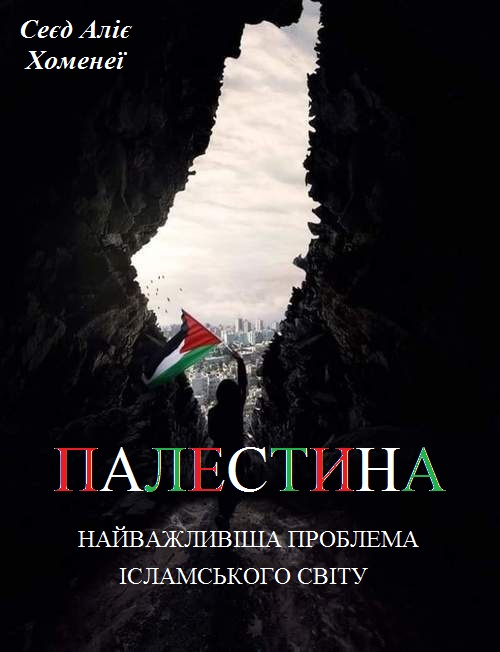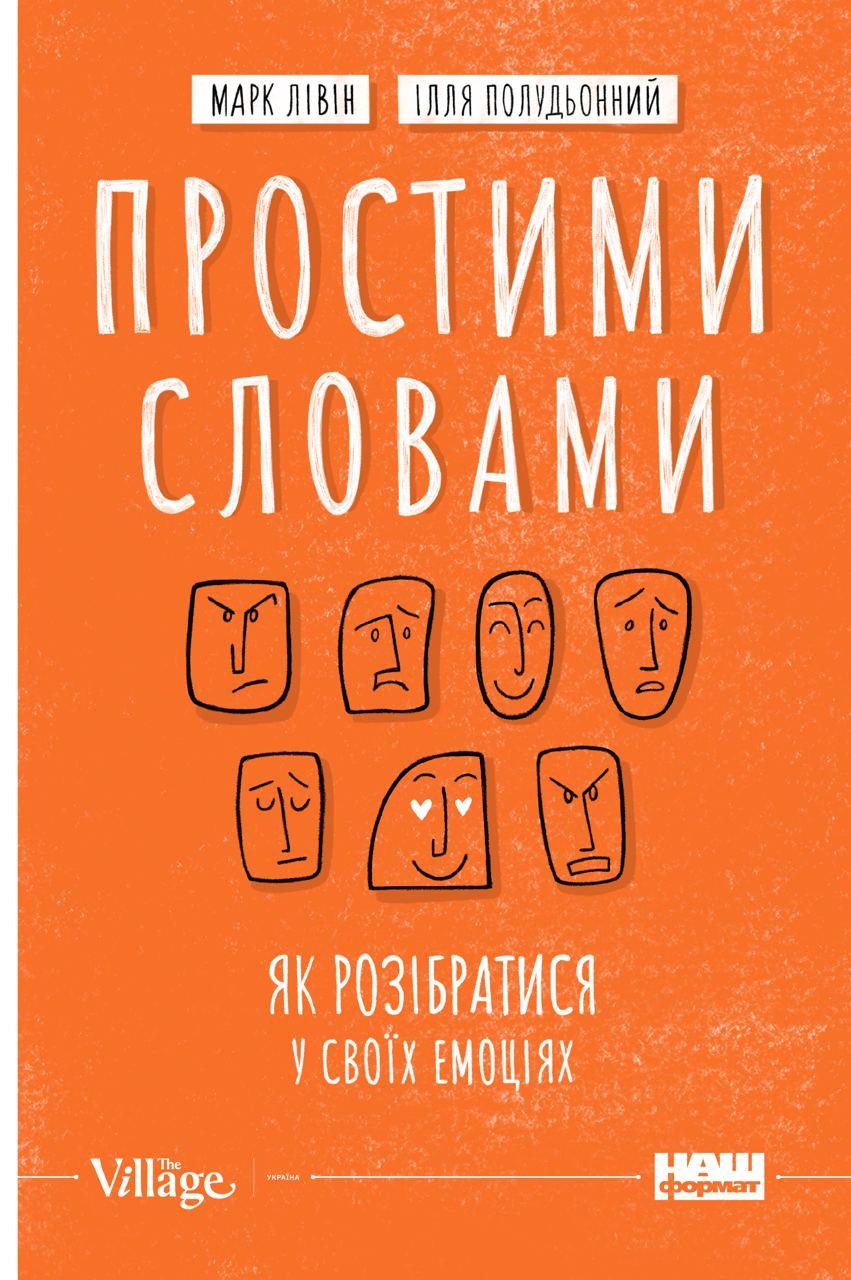Читати книгу - "Genghis Khan and the Making of the Modern World"
Шрифт:
Інтервал:
Добавити в закладку:
Where there is paper money, there are increased opportunities for credit and financial disaster. In an important innovation designed to bring consistency to the markets, particularly involving the extension of credit, Mongol law provided for declarations of bankruptcy, but no merchant or customer could declare bankruptcy more than twice as a way to avoid paying debts. On the third time, he faced the possible punishment of execution.
While the Mongols consistently rejected some parts of Chinese culture such as Confucianism and foot binding, the refinement of the monetary system shows their great appreciation for other aspects of Chinese culture. Khubilai proved willing to reach far back into Chinese history for ideas and institutions that showed practical value. Khubilai built schools and revived the Chinese Hanlin Academy, which was composed of the brightest scholars in the country, in order to promote some types of traditional Chinese learning and culture. He founded the Mongolian Language School in 1269, and then the Mongolian National University at Khanbalik in 1271. He added new departments and commissioned scholars to record contemporary events, edit and reprint old texts, and tend the archives.
The Mongol court maintained scribes not only for the Mongol language but also for Arabic, Persian, Uighur, Tangut, Jurched, Tibetan, Chinese, and lesser-known languages; still, they experienced perplexing difficulties with the variety of languages. With only their Mongol-Uighur alphabet, the Mongols found it difficult to record all the administrative information they needed from their vast empire. In everyday administration, clerks had to be able to spell names as diverse as those of Chinese towns, Russian princes, Persian mountains, Hindu sages, Vietnamese generals, Muslim clerics, and Hungarian rivers. Because the subjects of the Mongol Empire used so many different languages, Khubilai Khan attempted one of the most innovative experiments in intellectual and administrative history. He sought to create a single alphabet that could be used to write all the languages of the world. He assigned this task to the Tibetan Buddhist lama Phagspa, who in 1269 presented the khan with a set of forty-one letters derived from the Tibetan alphabet. Khubilai Khan made Phagspa’s script the empire’s official script, but rather than force the system on anyone, he allowed the Chinese and all other subjects to continue using their own writing system as well in the hope that the new script would eventually replace the old by showing its superiority. Chinese scholars felt too attached to their own ancient language to allow themselves to be cut off from it by a new, and obviously barbarian, system of writing, and most subject people eventually abandoned the Mongol writing system as soon as Mongol power waned.
Peasants traditionally groveled at the bottom of a long line of government officials who commanded the most intimate aspects of their lives. The Mongols upset that ancient hierarchy by organizing the peasants into units of about fifty households called a she. These local units exercised broad responsibility and authority over their lives. They oversaw local farming, exercised responsibility for improving the land and managing water and other natural resources, and provided food reserves for time of famine. In general, they functioned as a form of local government, combining elements of Genghis Khan’s decimal organization and Chinese peasant tradition.
The she also had the task of providing some form of education for peasant children; the Mongols promoted general literacy as a way of improving the quality of life for everyone. Khubilai Khan created public schools to provide universal education to all children, including those of peasants. Until this point, only the rich had the time and income to educate their children and thereby maintain power over the illiterate peasantry for generation after generation. The Mongols recognized that in the winter, peasant children had time to learn, and rather than teaching them in classical Chinese, the teachers used the colloquial language for more practical lessons. The record of the Mongol dynasty lists 20,166 public schools created during Khubilai Khan’s reign. Despite possible exaggeration by officials seeking to improve their record, the Mongol achievement is amazing considering that no other country had attempted such an effort for universal education. In the West, it would be another century before writers began to write in the colloquial language, and it would take nearly five hundred more years before governments picked up the responsibility for public education for the children of common people.
In traditional Confucian society, the literary arts had been directed toward the specific kinds of writing used in the national examination system. This meant that literature always fell well within the confines of the bureaucracy and its interests. The Mongols, however, allowed a wider range of literary endeavors, and they encouraged writers to produce material in the colloquial language of the people rather than in the classical style preferred by the scholarly bureaucrats. Mongol tastes coincided more closely with those of the masses than with the refined elite, and they combined folk culture and court culture to create new and more exciting forms of entertainment.
In keeping with the great ceremonies staged at the installation of Genghis Khan in 1206, the Mongols sponsored spectacular ceremonial dramas involving thousands of people for up to weeks at a time. In 1275, they encapsulated Mongol military history in a ceremonial drama performed by the army. It consisted of six parts
Увага!
Сайт зберігає кукі вашого браузера. Ви зможете в будь-який момент зробити закладку та продовжити читання книги «Genghis Khan and the Making of the Modern World», після закриття браузера.

